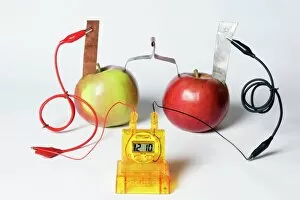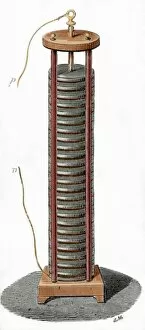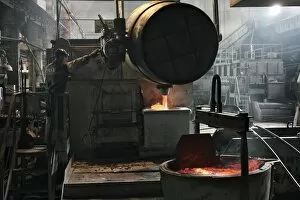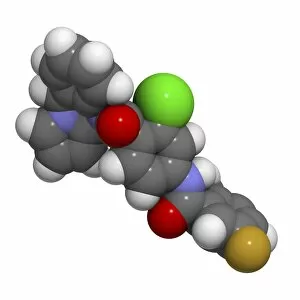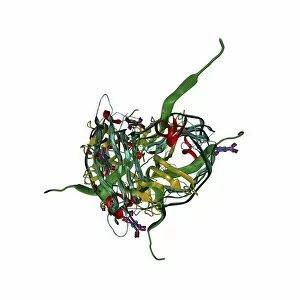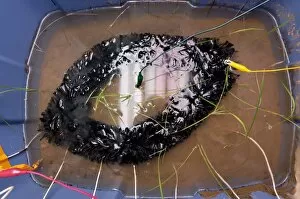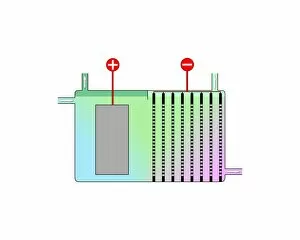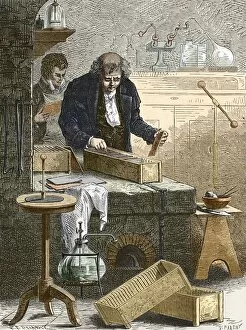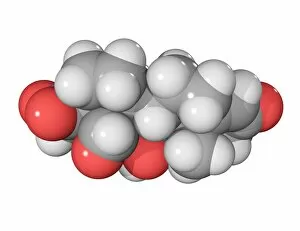Electrolyte Collection
"Electrolyte: Powering the World with Science and Nature" Did you know that a fruit-powered clock is just one example of how electrolytes play a vital role in our lives
For sale as Licensed Images
Choose your image, Select your licence and Download the media
"Electrolyte: Powering the World with Science and Nature" Did you know that a fruit-powered clock is just one example of how electrolytes play a vital role in our lives? Electrolysis of water, another fascinating phenomenon, showcases the power of these essential compounds. Take a closer look at the cover design of The Cunard Line, and you'll find hints of electrolyte's significance. Behind its sleek appearance lies the science that keeps us energized and balanced. Intriguingly, an engraving by Alessandro Volta himself depicts his groundbreaking invention – the voltaic pile. This colored engraving captures not only his brilliance but also highlights the importance of electrolytes in generating electrical energy. Speaking of Volta, he was an Italian physicist who revolutionized our understanding of electricity. His contributions to science paved the way for harnessing electrolytes' potential as conductors. But it doesn't stop there. Even in gamebird farming, we witness how adding solulyte to water helps prevent stress among young chicks. It's incredible to see how nature and science collaborate through electrolytes to ensure well-being across various domains. So next time you hear about electrolytes, remember their diverse applications – from powering clocks with fruits to nurturing young animals on farms. These compounds truly hold electrifying potential for enhancing our lives in ways we may never have imagined before.

